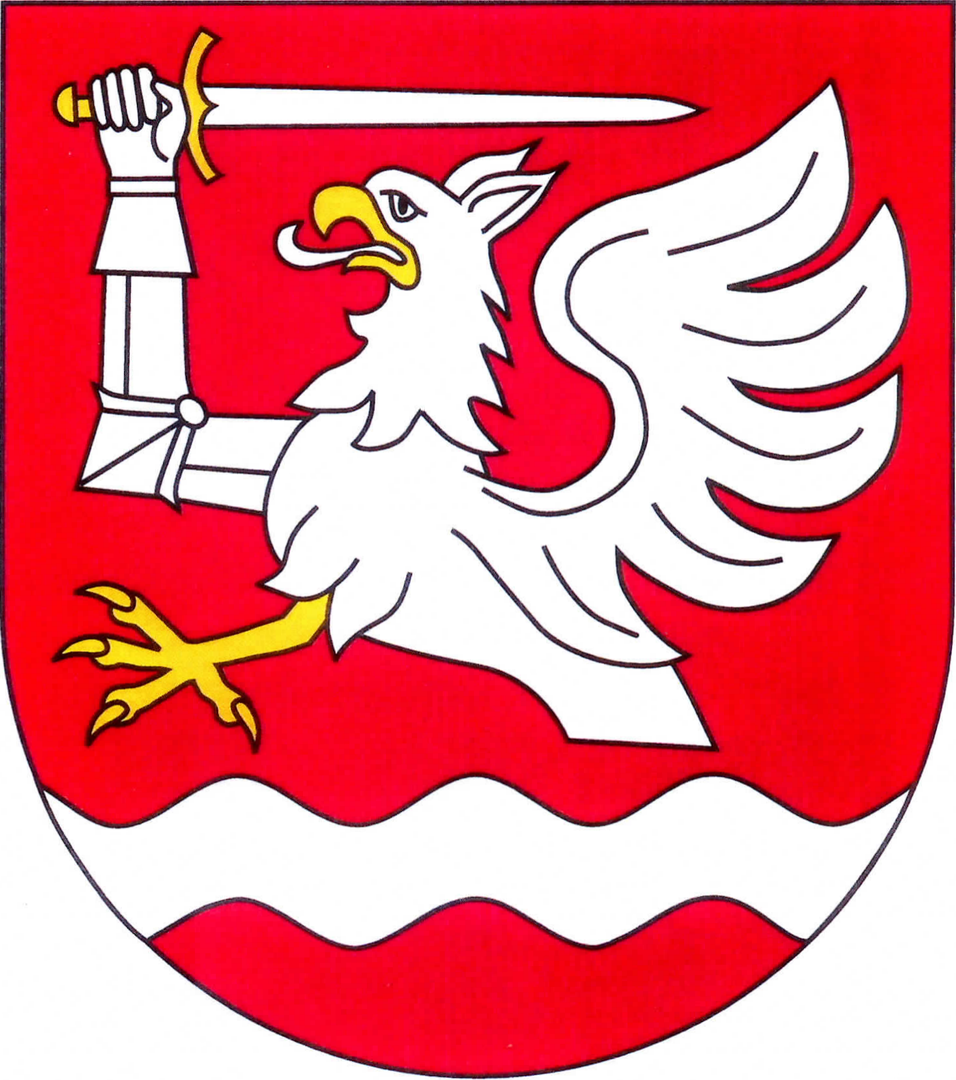Gdow
6.11

Overview
Gdów, a village located in the Lesser Poland Voivodeship, in the Wieliczka district, boasts rich architectural and historical heritage. Among the monuments listed in the register are the Parish Church of the Nativity of the Blessed Virgin Mary and a manor complex with a park. Within the village, one can also find War Cemetery No. 375, a 19th-century belfry housing a bell from 1462, and an obelisk commemorating Bartosz Głowacki. The Roman Catholic cemetery contains numerous graves, including the tomb of the 1846 insurgents and unnamed soldiers from World War I. Gdów also has a vibrant cultural scene, represented by the Regional Ensemble "Gdowianie" and the Choir "Tutte le Corde." From a historical perspective, Gdów has been a settlement since the 11th century, and its development was linked to trade routes. In the 16th and 17th centuries, the village frequently changed owners, and in the 18th century, after the First Partition of Poland, it came under Austrian rule. Gdów played a significant role during the Kraków Uprising of 1846 and World War II, when the Red Army liberated the village. In 2007, Gdów established partnerships with twin towns, including Bad Nenndorf in Germany and Pershotravensk in Ukraine. As a local trade and service hub, the village is distinguished by the charming surroundings of the Wieliczka Foothills, with rich agritourism offerings. Gdów attracts visitors not only for its history and architecture but also for its sports activities, featuring a local football club and modern sports facilities.
Location
2025 Wizytor | All Rights Reserved